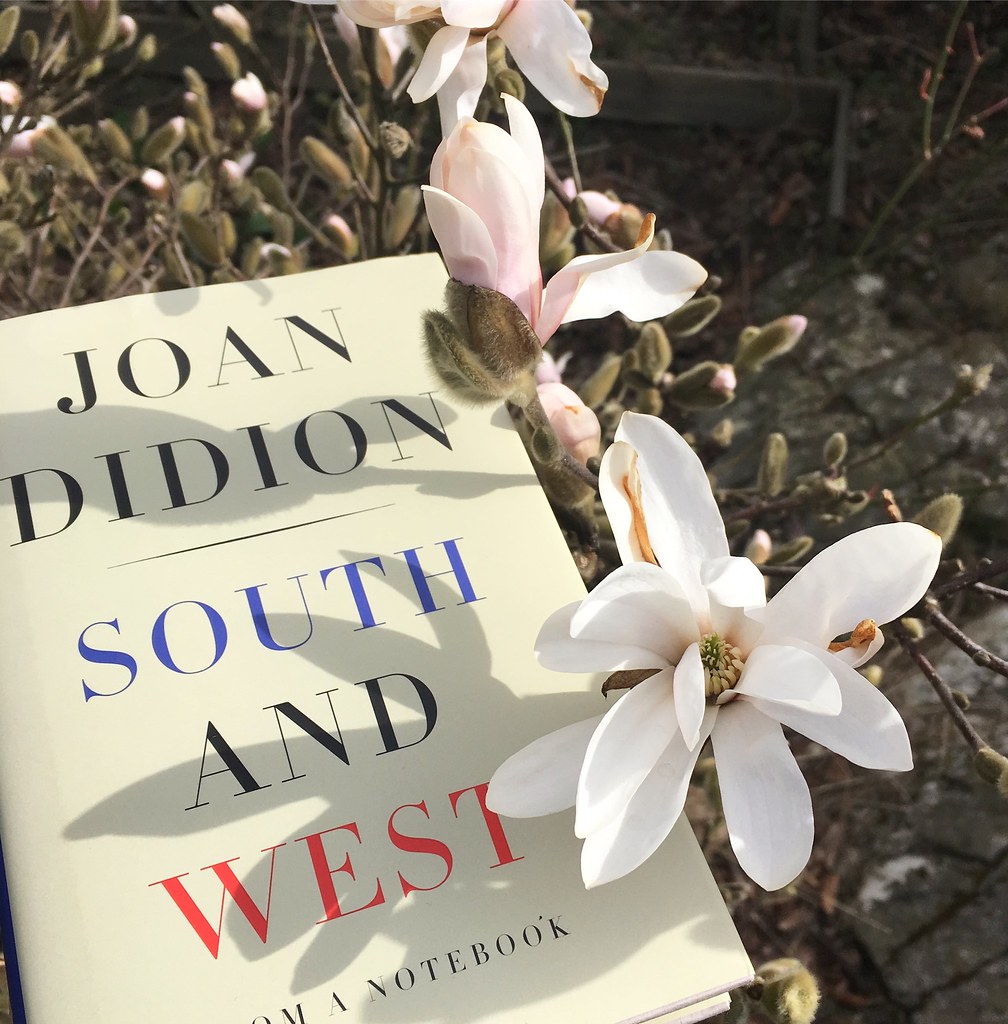

”'Every era needs better criticism … And so it’s been a relief to read, investigating the South and its 'vertiginous preoccupation with race, class, heritage, style and the absence of style'” - Adam Thirlwell, TLS, Books of the Year ”'Didion at her most fascinatingly unfiltered, recording folksy vernacular at a motel pool, having G & Ts with Walker Percy, and searching fruitlessly for Faulkner’s grave in an Oxford cemetery … her riffs on everything from Gertrude Atherton to crossing the Golden Gate bridge for the first time in three-inch heels captures the thrill of a writer discovering her richest subject: the American mythologies that governed her own romantic girlhood, a yearning for an MGM-style heritage that never really was - a yearning that feels freshly perilous in its delusions.” - Vogue Here, too, is the beginning of her thinking about the West, its landscape, the western women who were heroic for her, and her own lineage. Though Didion never wrote the piece, watching the trial and being in San Francisco triggered thoughts about the city, its social hierarchy, the Hearsts, and her own upbringing in Sacramento.

She writes about the stifling heat, the almost viscous pace of life, the sulfurous light, and the preoccupation with race, class, and heritage she finds in the small towns they pass through.Īnd from a different notebook: the “California Notes” that began as an assignment from Rolling Stone on the Patty Hearst trial of 1976. She interviews prominent local figures, describes motels, diners, a deserted reptile farm, a visit with Walker Percy, a ladies’ brunch at the Mississippi Broadcasters’ Convention. Here is one such draft that traces a road trip she took with her husband, John Gregory Dunne, in June 1970, through Louisiana, Mississippi, and Alabama. Joan Didion has always kept notebooks: of overheard dialogue, observations, interviews, drafts of essays and articles
:no_upscale()/cdn.vox-cdn.com/uploads/chorus_asset/file/8197279/GettyImages_576842026.jpg)
From one of the most important chroniclers of our time, come two extended excerpts from her never-before-seen notebooks – writings that offer an illuminating glimpse into the mind and process of a legendary writer.


 0 kommentar(er)
0 kommentar(er)
